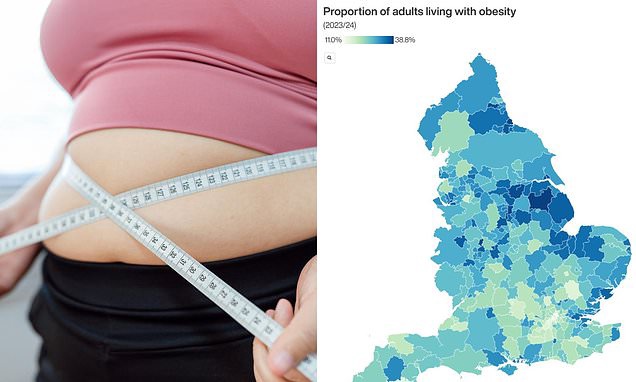Overview
- A 12.6-year study of 1,792 participants from the Malmö Preventive Project found waist-to-height ratio (WtHR) to be a significant predictor of heart failure risk, outperforming BMI.
- Individuals in the highest WtHR quartile (median 0.65) were 2.7 times more likely to develop heart failure compared to those in lower quartiles.
- Unlike BMI, WtHR accounts for fat distribution, particularly harmful visceral fat, making it a more robust measure of central adiposity and cardiometabolic risk.
- Researchers recommend maintaining a WtHR below 0.5, meaning your waist should measure less than half your height, to reduce heart failure risk.
- Future studies will assess WtHR’s predictive value in larger, more diverse populations and its potential role in identifying other cardiometabolic conditions.

